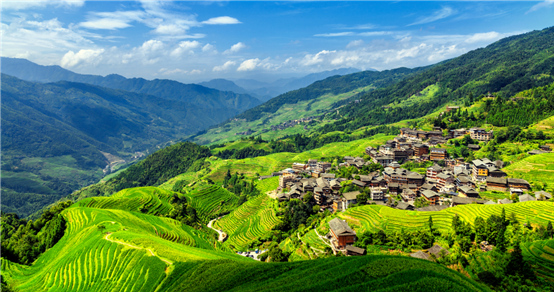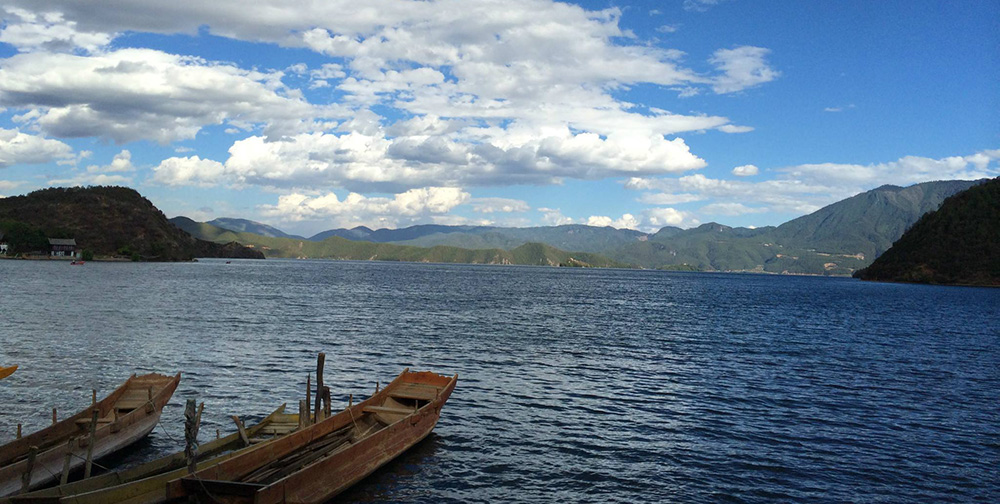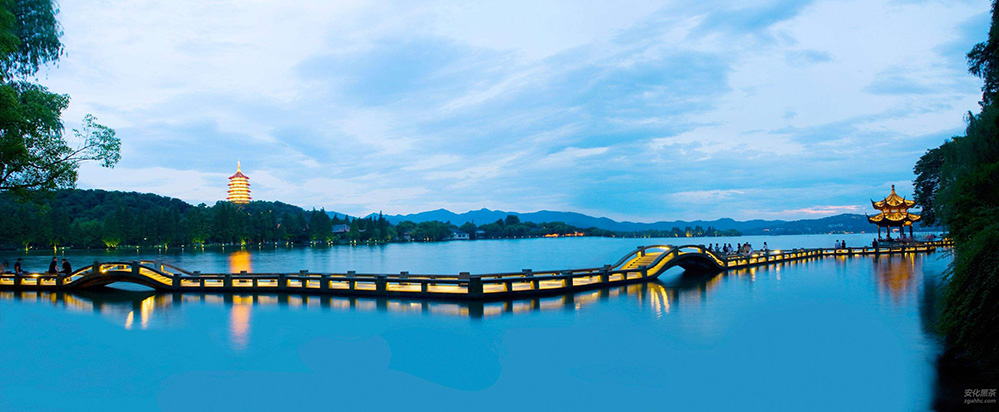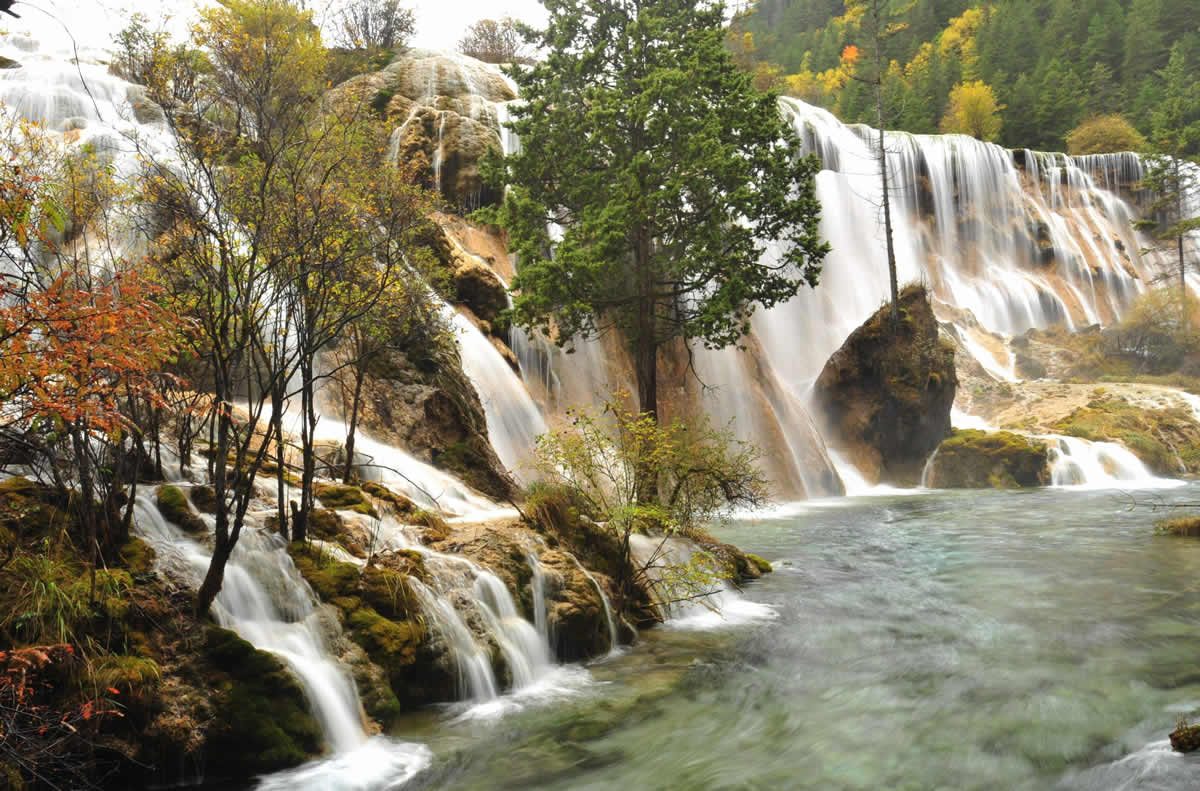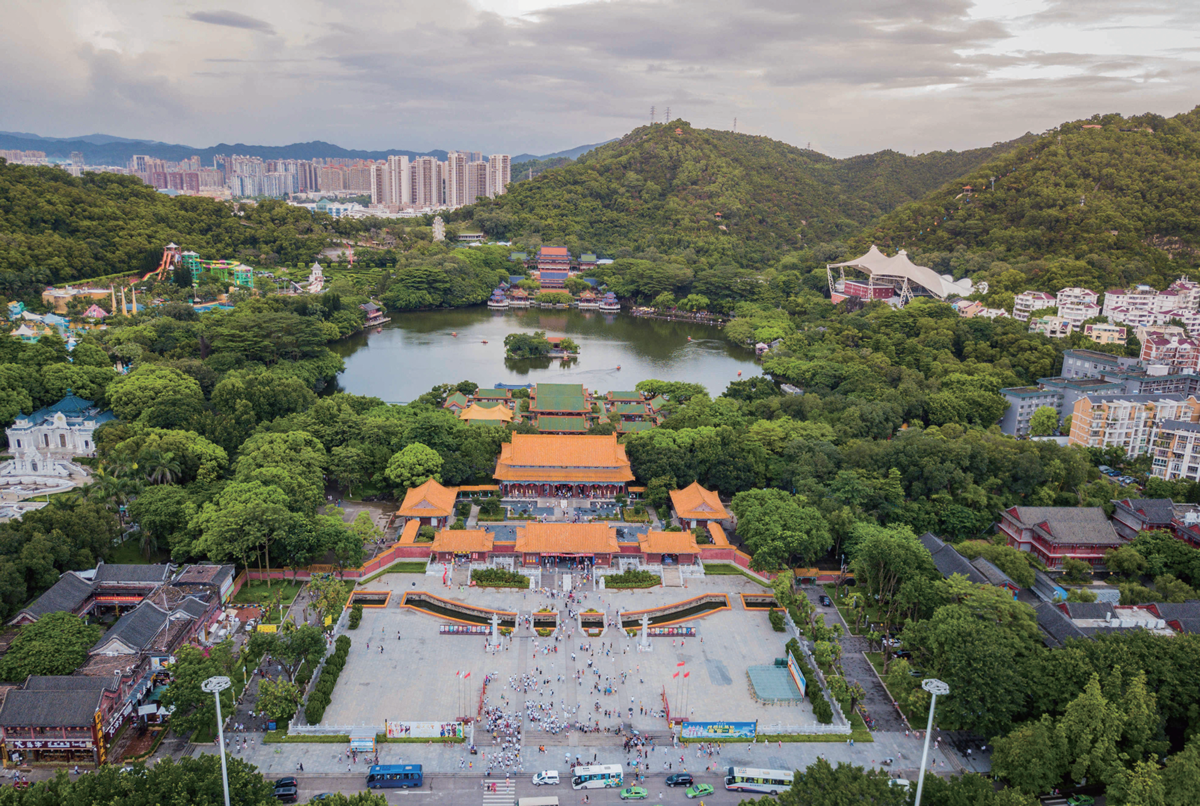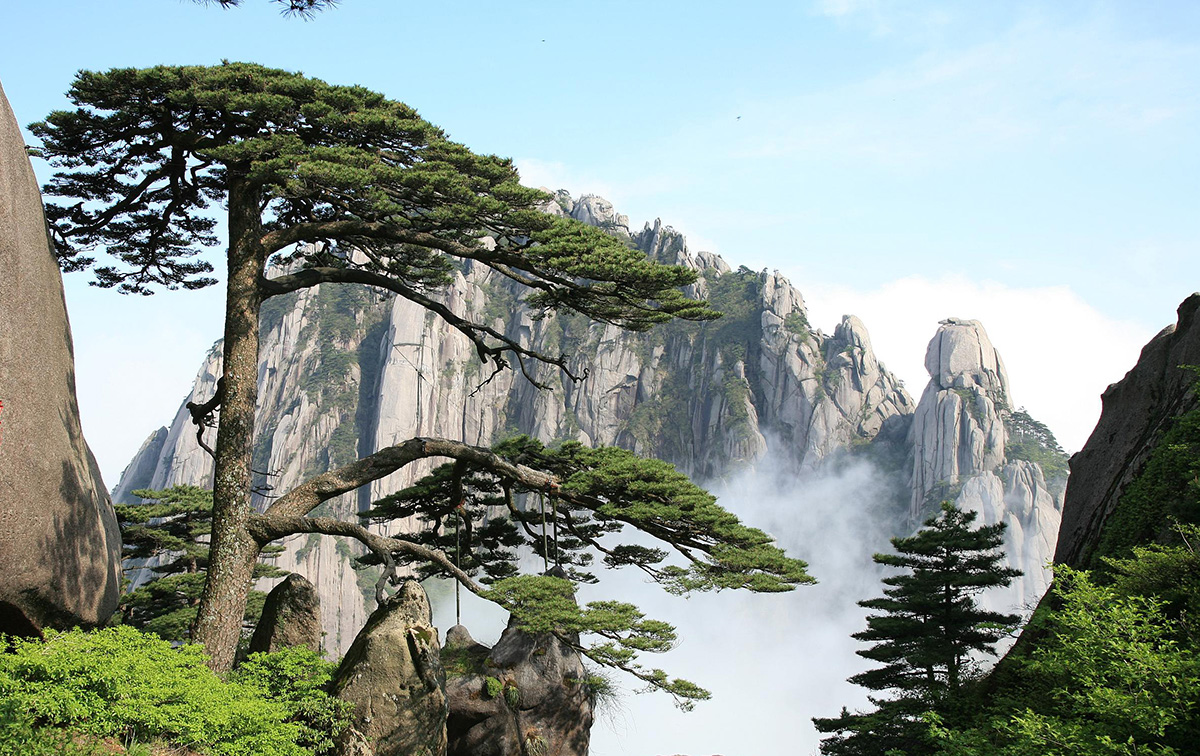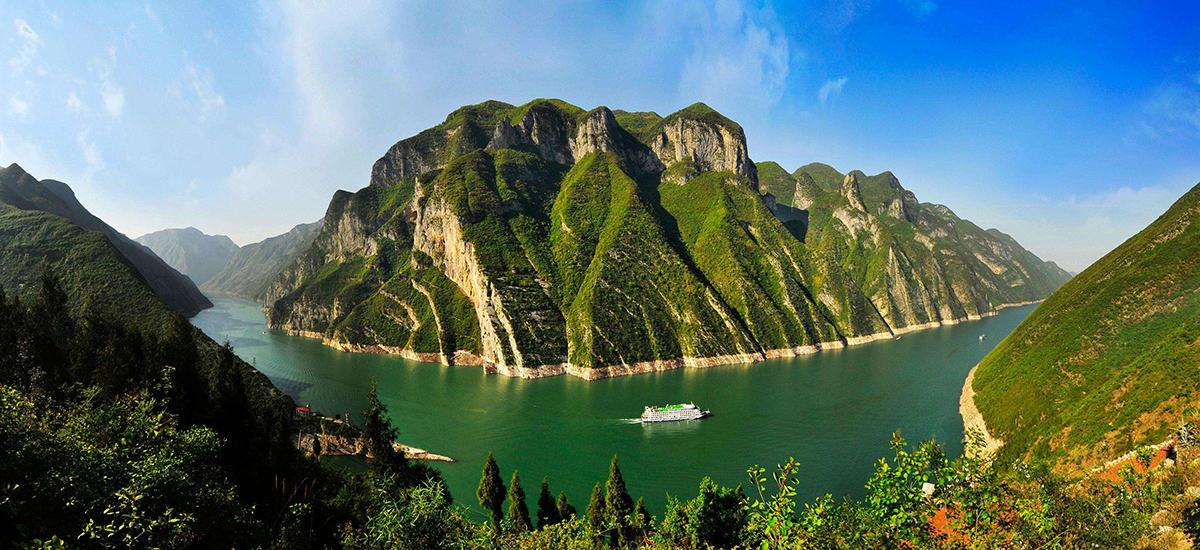The Ministry of Culture and Tourism of China has recently unveiled 82 exquisite rural tourism routes across China under the theme “Creating Beauty, Embracing Rural Life.” These routes are carefully curated to enrich the supply of high-quality cultural and tourism experiences during the summer season, inviting visitors to explore ancient architecture, discover historical relics, delve into cultural roots, and savor local traditions.
Rural architecture, weathered by the passage of time, stands as a testament to the charm of rural landscapes and the continuity of historical legacies. These structures, imbued with the cultural codes of Chinese civilization, embody the wisdom and aesthetic pursuits of the Chinese nation. The newly launched routes encompass detailed itineraries, highlights of each route, recommendations for nearby attractions, distinctive local cuisine, and creative products. They showcase a diverse array of dwellings, ancient engineering marvels, and majestic temples and halls, including highlights like the Li Family Courtyard in Yuncheng’s Yanjing Village, the Taoping Qiang Village in Aba, Fujian’s Anping Bridge, Heze’s Yongfeng Pagoda, Tongcheng Confucian Temple in Anhui, and Juye Confucian Temple in Shandong.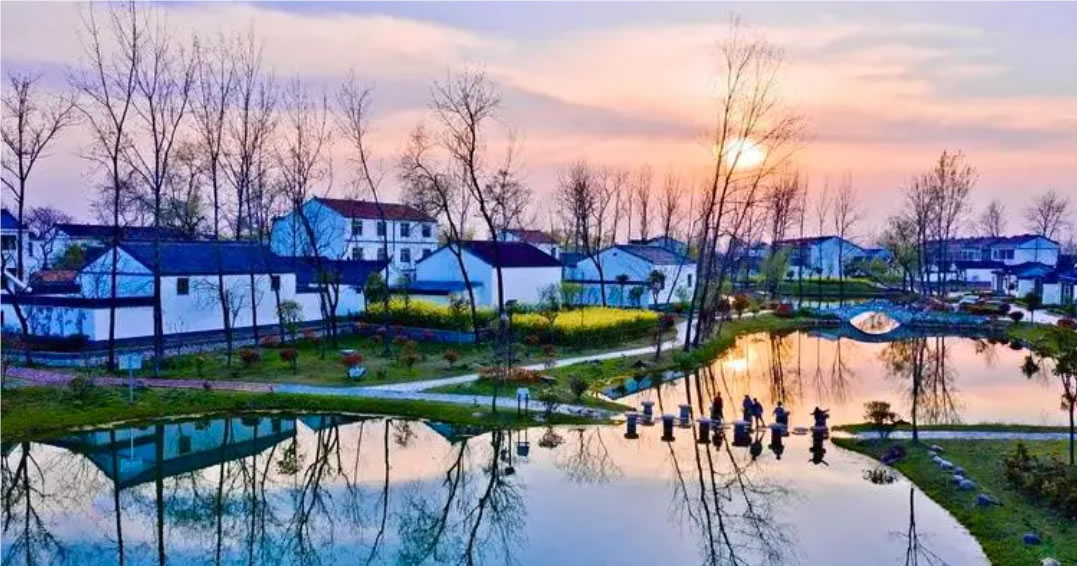
According to reports, the thematic series “Creating Beauty, Embracing Rural Life” has been prominently featured on the homepage of the Ministry of Culture and Tourism’s official website. The ministry plans to bolster publicity through various media channels and market platforms, providing a comprehensive portrayal of architectural beauty and the artistry of ancient constructions, thereby enriching the cultural lives of the populace. This promotion phase will also encompass activities such as a photography contest titled “My Most Beautiful Ancient Architecture,” thematic events under the banner of “Creating Beauty, Embracing Rural Life,” and short video competitions titled “Reborn as a Player in Ancient Architecture.” Leveraging online travel agency platforms, the initiative will showcase a wide range of rural products and experiences, promoting premium rural tourism products, routes, and destinations, all aimed at crafting a memorable summer of “Embracing Rural Life.”
The initiative not only highlights the aesthetic allure of rural settings but also encourages visitors to engage deeply with the historical narratives woven into each architectural gem. By exploring these routes, travelers can witness firsthand the architectural brilliance that has withstood centuries, each structure whispering stories of resilience and cultural continuity. Whether it’s wandering through the serene courtyards of ancient estates or marveling at the engineering feats of olden days, these experiences promise to captivate the imagination and foster a profound appreciation for China’s rich cultural tapestry.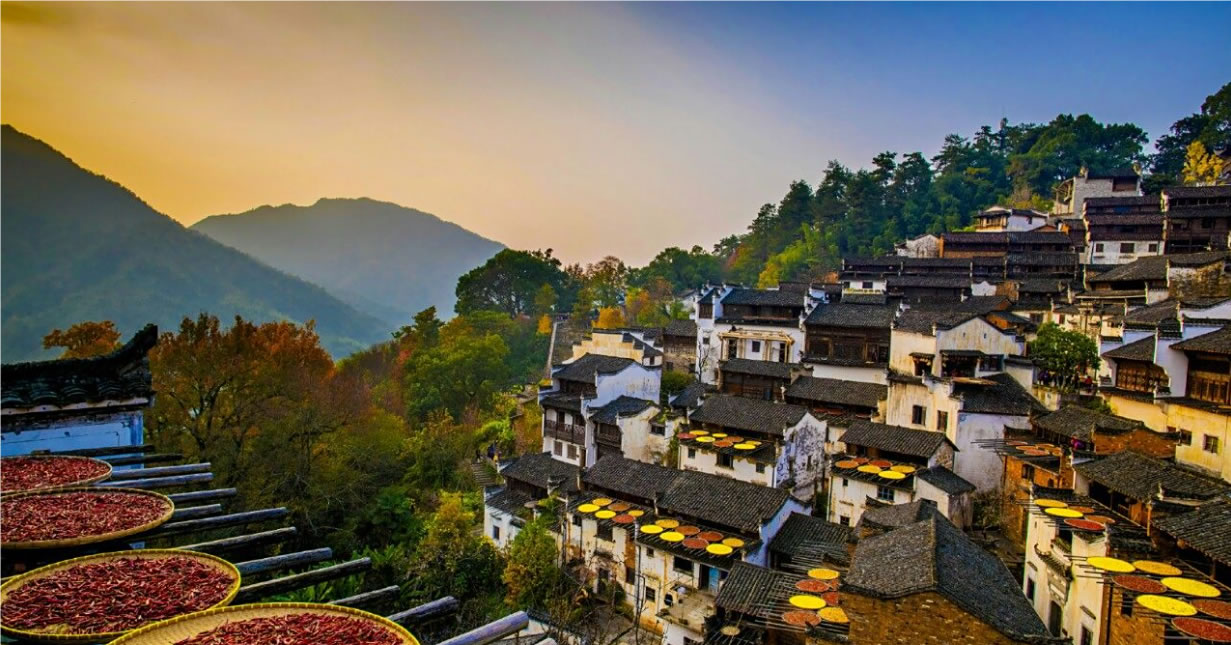
Moreover, the campaign seeks to ignite a sense of adventure and discovery among tourists, inviting them to not just observe but to immerse themselves fully in the essence of rural life. It aims to transcend the ordinary tourist experience, offering encounters with traditions that have shaped communities over generations. From sampling authentic local delicacies to participating in cultural workshops, each aspect of the journey is designed to forge connections and create lasting memories.
The cultural and tourism ministry’s proactive approach underscores its commitment to sustainable tourism development, where preservation of cultural heritage goes hand in hand with promoting local economies. By showcasing these hidden gems, the initiative supports rural communities in preserving their cultural identities while opening new avenues for economic growth through tourism. It fosters a symbiotic relationship wherein travelers gain enriching experiences, and local residents benefit from increased opportunities for livelihood and community development.
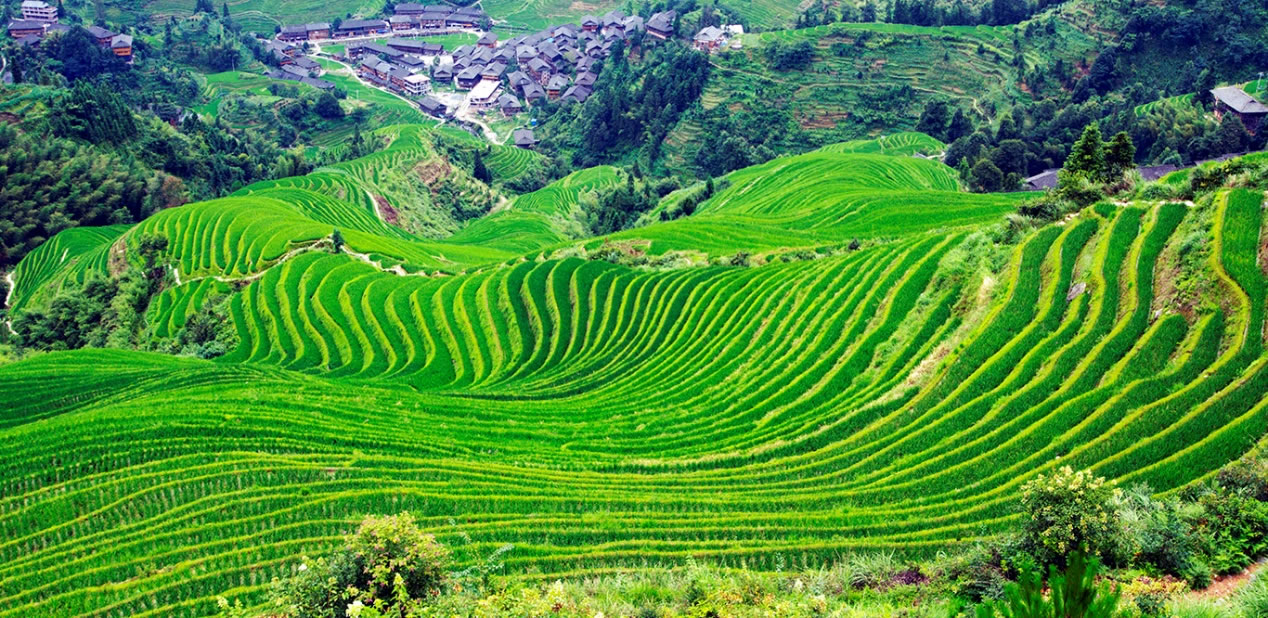
As these meticulously curated routes unfold, they invite travelers on a transformative journey through time and tradition. Each stop along the way offers a glimpse into the ingenuity of ancient craftsmen and the resilience of communities that have nurtured these architectural marvels. It’s an invitation to explore beyond the beaten path, to discover the soul of rural China through its architectural heritage and vibrant cultural traditions.
In essence, “Creating Beauty, Embracing Rural Life” isn’t just about visiting places; it’s about connecting with history, appreciating craftsmanship, and celebrating the enduring spirit of rural communities. It beckons travelers to embark on a voyage of discovery where every step reveals a new facet of China’s cultural mosaic. Whether you’re drawn to the tranquil courtyards of historic estates or the grandeur of ancient temples, these routes promise an enriching experience that resonates long after the journey ends.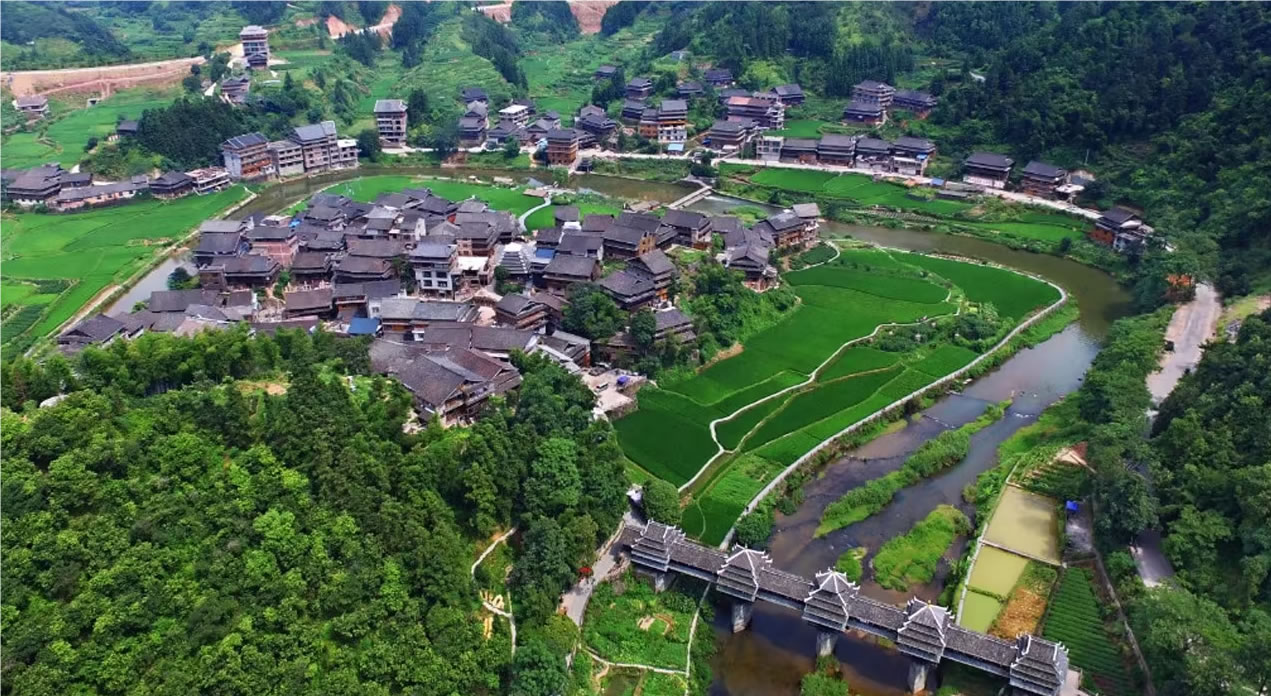
In conclusion, the 82 meticulously curated rural tourism routes represent a tapestry of stories waiting to be told, inviting travelers to unravel the mysteries of China’s cultural heritage while forging memories that transcend time. It’s an opportunity to wander through landscapes steeped in history, to savor the flavors of local cuisines, and to connect with communities whose warmth and hospitality define the essence of rural life. With each route offering a unique narrative, “Creating Beauty, Embracing Rural Life” promises an unforgettable odyssey through the heartlands of China’s cultural legacy.


